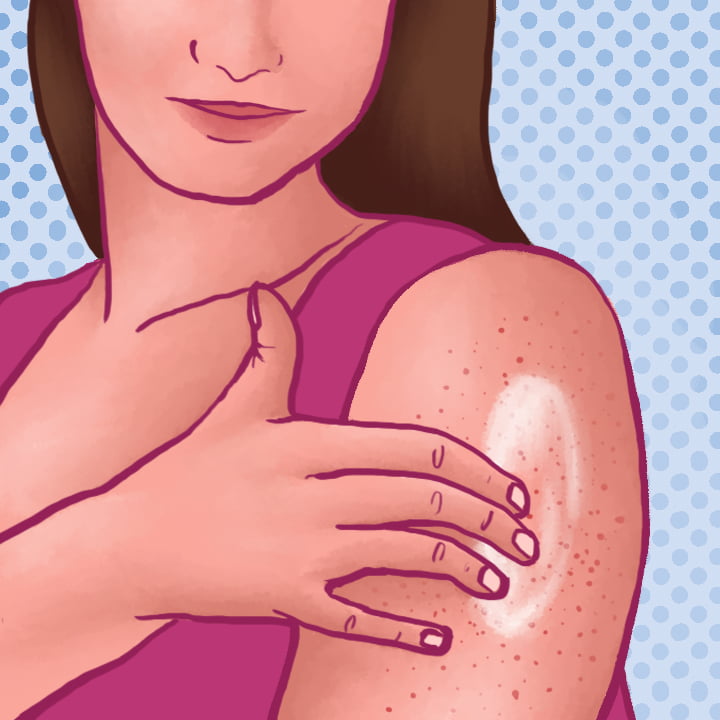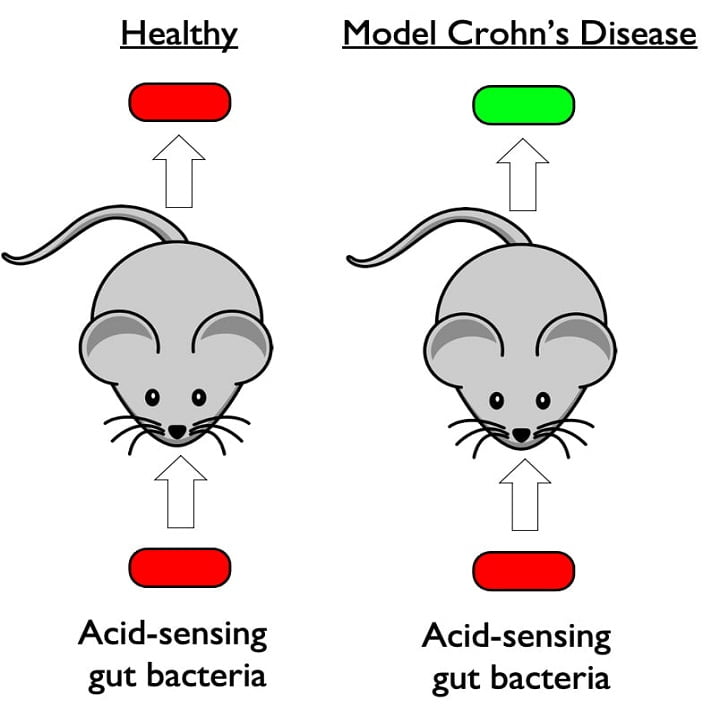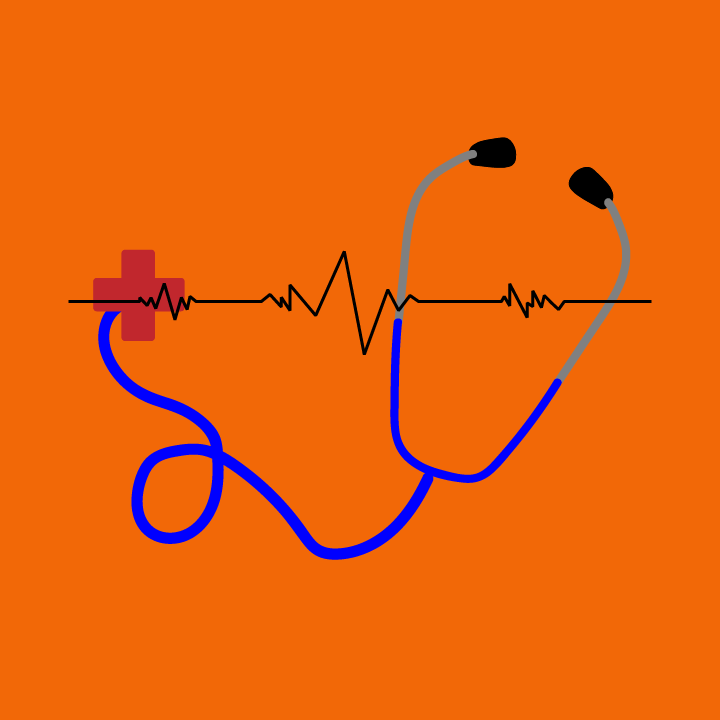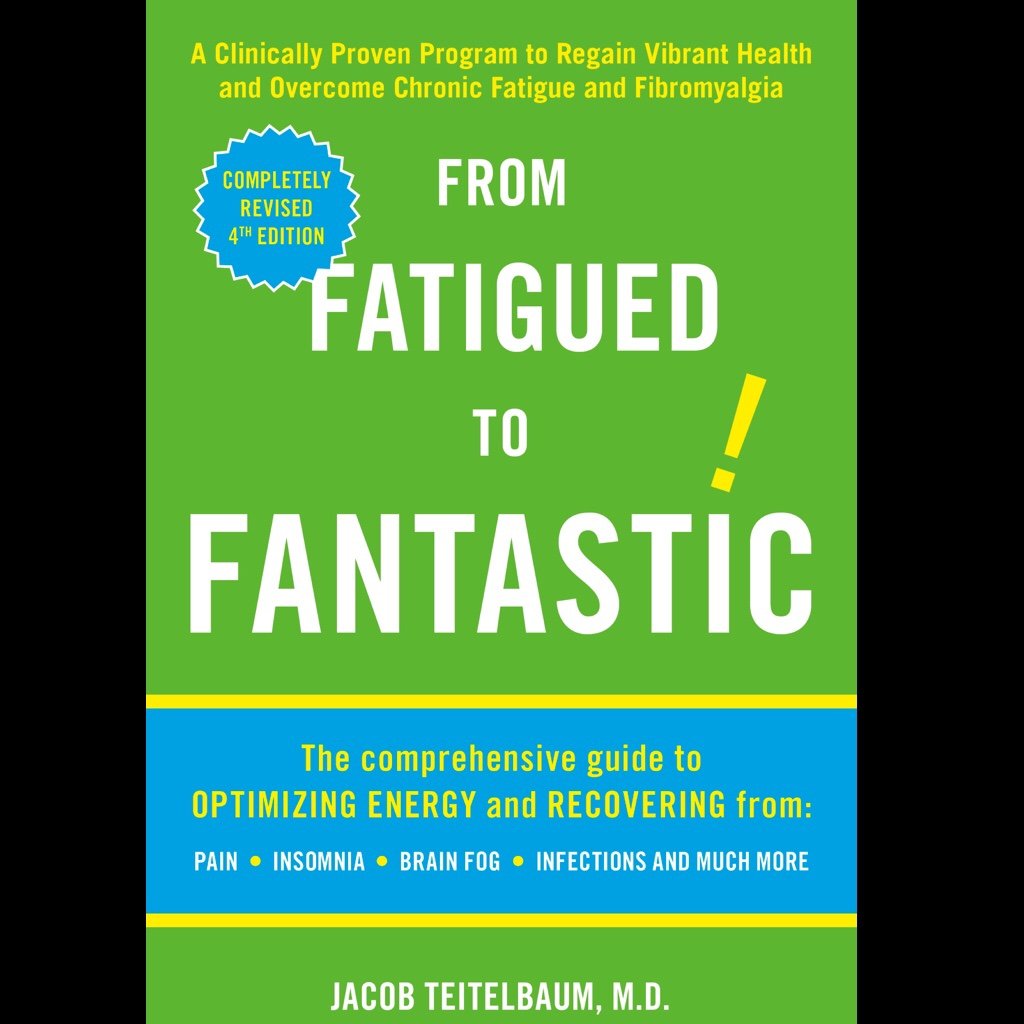The ideal destination for luxury and wellness, the return of The Spa at Palms Casino Resort is official.


The ideal destination for luxury and wellness, the return of The Spa at Palms Casino Resort is official.

Understanding Aphasia: Bruce Willis Diagnosis Puts Language Disorder in the Spotlight American Speech-Language-Hearing Association Sheds Light on Condition The recent announcement by Bruce Willis’ family that the actor has been diagnosed with aphasia has brought attention to the language disorder, which is relatively common but not well known by the general public. The American Speech-Language-Hearing […]

The California Legislative Analysts Office has just produced a report to estimate the financial impact of the “Water Infrastructure Funding Act of 2022,” a proposed ballot initiative that aims to increase the annual supply of water to Californians by five million acre feet. The contents of this report are good news for every Californian. More […]

Investments in science and technology research are vital to the United States’ economic growth and global leadership, according to a new report from Rice University’s Baker Institute for Public Policy. The Biden administration has made science and technology (S&T) a centerpiece of its early policy agenda with ambitious targets for federal investments in research and […]

Rice University bioengineers are using 3D printing and smart biomaterials to create an insulin-producing implant for Type 1 diabetics. The three-year project is a partnership between the laboratories of Omid Veiseh and Jordan Miller that’s supported by a grant from JDRF, the leading global funder of diabetes research. Veiseh and Miller will use insulin-producing […]

Tips from board-certified dermatologists to help clear tiny, rough-feeling bumps on the arms and thighs The start of summer means more tank tops and shorts, and for some people, a pesky new skin condition they may not have noticed before. Keratosis pilaris causes tiny, rough feeling bumps to appear on the skin, most often on […]

In an important step toward the clinical application of synthetic biology, Rice University researchers have engineered a bacterium with the necessary capabilities for diagnosing inflammatory bowel diseases. The engineered strain of the gut bacteria E. coli senses pH and glows when it encounters acidosis, an acidic condition that often occurs during flare ups of inflammatory […]

With Pandemic Worsening the Mental Illness and Addiction Crisis, Biden Administration to Provide Nearly $2.5 Billion to States, Territories for Treatment, Prevention Aid Substance Abuse and Mental Health Services Administration (SAMHSA) Funding to Support Comprehensive Community Prevention, Treatment, Recovery and Health Services The Biden Administration will provide nearly $2.5 billion in funding to states and territories to address the nation’s mental illness and addiction […]

Finding yourself with insomnia despite being exhausted? Have cognitive dysfunction (which has been termed “brain fog”)? Widespread achiness? These are symptoms of Chronic Fatigue Syndrome and Fibromyalgia (CFS/FMS), which can be caused by dozens of infections. Unfortunately, research suggests that COVID-19 is triggering persistent symptoms and debilitation in a large percentage of cases. People with […]